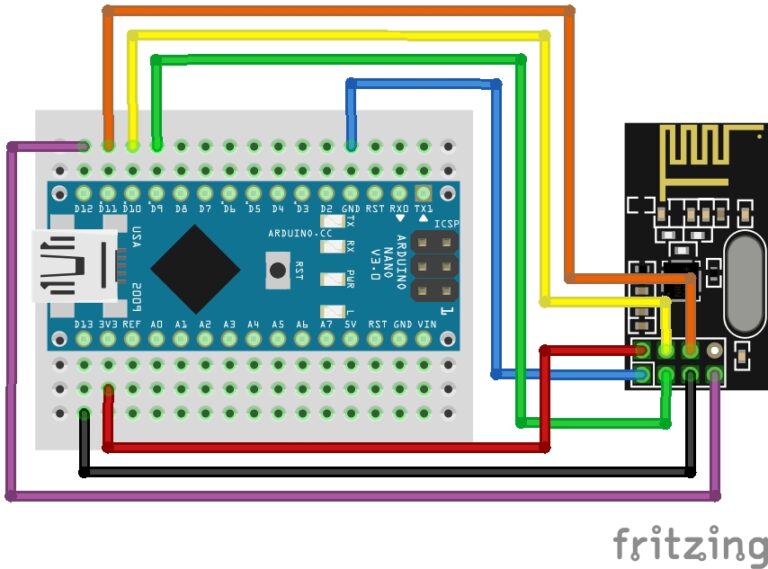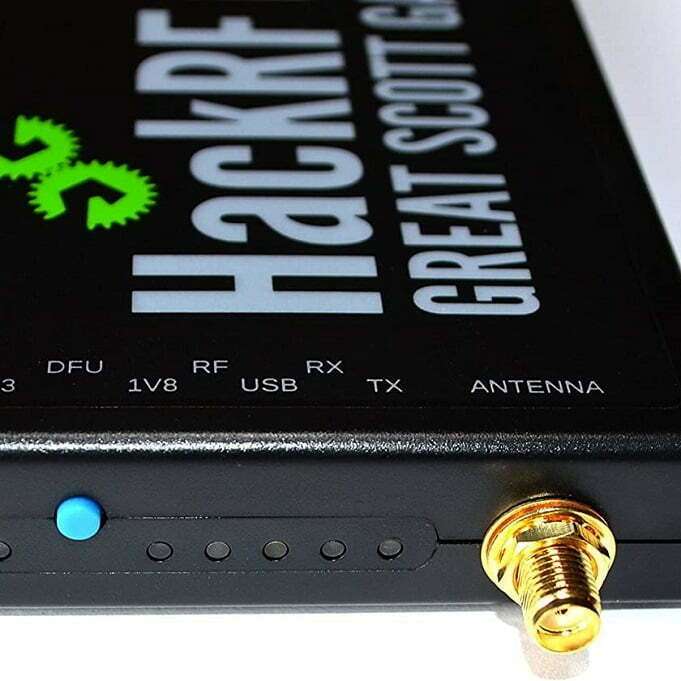
Unveiling the Power of RF Spectrum Analyzers
RF Spectrum Analyzers are indispensable tools in the world of radio frequency technology. They provide critical insights into the electromagnetic spectrum, allowing engineers, technicians, and hobbyists to analyze, troubleshoot, and optimize RF systems with spectrum analysis. In this post, we’ll delve into the world of RF spectrum analyzers and explore their applications, benefits, and how to use them effectively.
What is an RF Spectrum Analyzer?
An RF (Radio Frequency) spectrum analyzer is a test and measurement instrument used to analyze and visualize the frequency spectrum of RF signals. It is commonly used in the fields of telecommunications, wireless networking, electronics, and radio frequency engineering.
Here are some key points:
- An RF spectrum analyzer is a device that measures the amplitude of signals in the frequency domain, allowing you to visualize the distribution of RF signals across a wide range of frequencies.
- These analyzers can be used to identify and analyze interference, characterize signal quality, and ensure compliance with regulatory standards.
Primary Functions of an RF Spectrum Analyzer
The primary function of an RF spectrum analyzer is to measure and display the power levels of various RF signals across a wide range of frequencies. It allows engineers and technicians to identify and analyze the different signals present in a given frequency range, measure signal strength, identify interference sources, and assess the overall quality of a wireless communication system.
Applications of RF Spectrum Analyzers:
- Wireless Communication: RF analyzers help optimize wireless networks by identifying and mitigating interference, ensuring signal quality, and maximizing throughput.
- Broadcasting: In broadcasting, these tools are used to monitor signal strength, frequency accuracy, and spectral purity to maintain broadcast quality.
- Satellite Communications: RF spectrum analyzers ensure the precise alignment of satellite dishes and the optimal use of satellite bandwidth.
- Aerospace and Defense: They are critical for radar systems, electronic warfare, and testing the performance of RF equipment.
- IoT and Smart Devices: RF analyzers play a vital role in developing and testing devices that rely on wireless communication, like IoT sensors and smart home gadgets.
RF Spectrum Analyzer Components
Typically, an RF spectrum analyzer consists of three main components: a radio frequency input section, a frequency mixer or detector, and a display unit. The radio frequency input section receives and amplifies the RF signals to be analyzed. The frequency mixer or detector downconverts the RF signals to a lower frequency range, making them suitable for analysis. The display unit presents the frequency spectrum in a graphical form, usually a spectrum trace on a screen or a digital display.
Capabilities:
Key Features and Capabilities:
- Frequency Range: RF spectrum analyzers cover a wide frequency range, from kHz to GHz, making them versatile for various applications.
- Resolution Bandwidth (RBW): RBW determines the analyzer’s ability to distinguish closely spaced signals.
- Sensitivity: Sensitivity is crucial for detecting weak signals, such as interference or low-power devices.
- Dynamic Range: A wide dynamic range ensures the analyzer can handle both strong and weak signals effectively.
Modern Spectrum Analyzers
Modern RF spectrum analyzers offer a wide range of features and capabilities. They can have a broad frequency range, from kilohertz (kHz) to gigahertz (GHz) or even terahertz (THz), depending on the instrument’s specifications. They may also have adjustable resolution bandwidth (RBW) settings, which determine the level of detail in the frequency spectrum display. Other features may include signal demodulation, modulation analysis, peak detection, signal averaging, and advanced triggering options.
How to Use an RF Spectrum Analyzer:
- Connect the device to the RF source you want to analyze.
- Set the center frequency and span to focus on the area of interest.
- Adjust the RBW, VBW (Video Bandwidth), and sweep time for the desired level of detail.
- Observe the spectrum display to identify signals, interference, and other anomalies.
- Utilize markers and markers functions to measure specific signal characteristics.
- Save and document your findings for analysis and reporting.
Benefits of Using RF Spectrum Analyzers:
- Troubleshooting: Quickly identify and resolve RF issues.
- Optimization: Fine-tune RF systems for peak performance.
- Regulatory Compliance: Ensure adherence to RF regulations and standards.
- Cost Savings: Prevent interference and downtime, reducing operational costs.
Conclusion
RF spectrum analyzers are invaluable tools for anyone working with RF technology. They provide the visibility and insights needed to maintain the integrity and performance of RF systems. Whether you’re in the telecommunications industry, broadcasting, aerospace, or just exploring the world of RF, these analyzers are your key to success. Embrace the power of RF spectrum analyzers and unlock a world of possibilities in the RF spectrum.
Overall, RF spectrum analyzers are crucial tools for RF engineers and technicians involved in designing, testing, and troubleshooting wireless communication systems. They enable accurate and efficient analysis of RF signals, facilitating the optimization and troubleshooting of RF systems.
That’s All Folks!
You can explore more of our beginners guides to radio here: Radio Adventures




